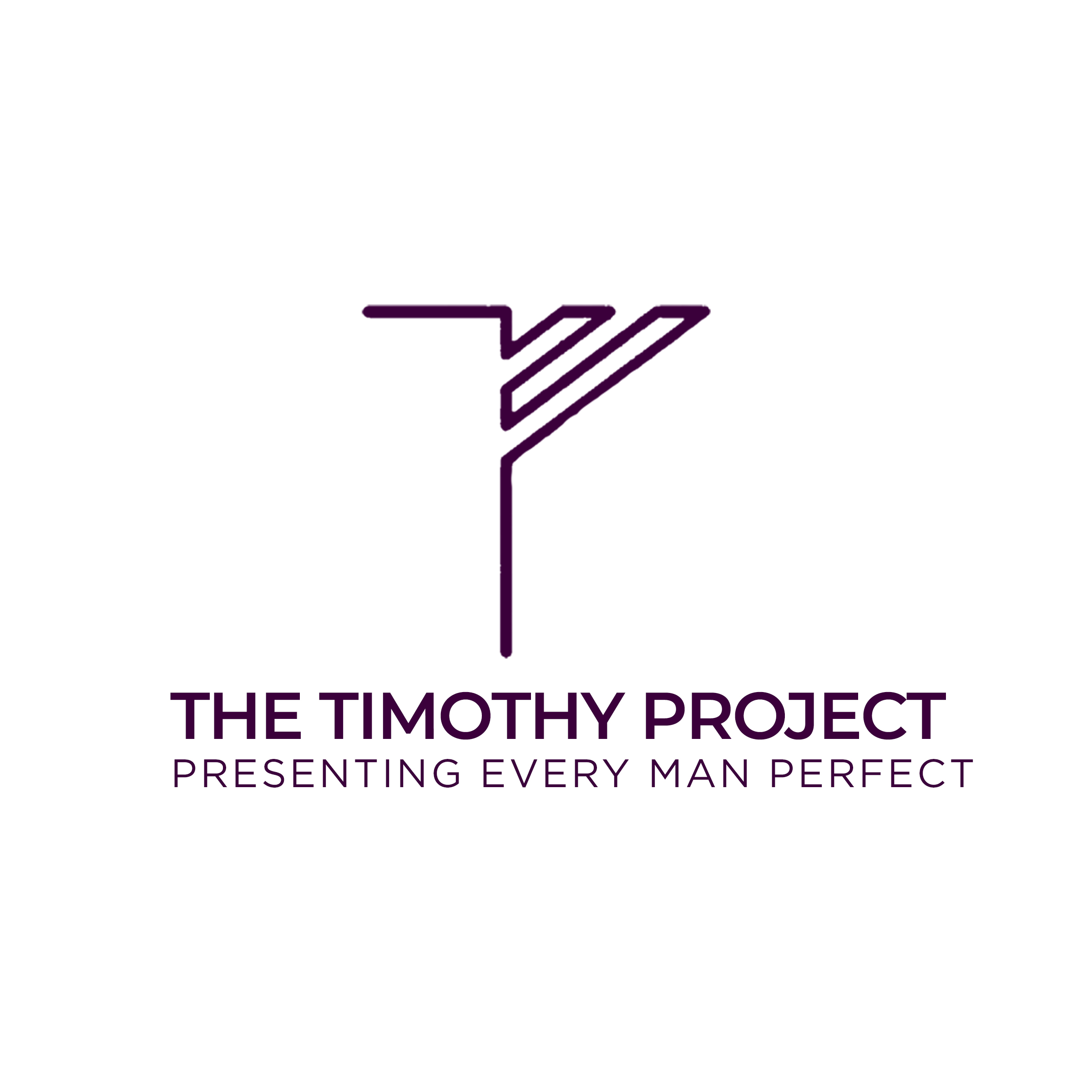When translating any document from one language to another a lot of factors immediately come into play. The final translation is based on the intent of the translator. The approach used by translation committees usually fall into two broad categories which form the opposite ends of the translation spectrum. They are Formal equivalence and Functional equivalence. The formal equivalence approach also commonly referred to as the word for word approach tries to translate the words from the original language to the target language (English) while keeping the same word order and structure (syntax). The difficulty with this approach is that sometimes the final translation may be rigid and difficult to understand. Also what may be good Hebrew or Greek syntax may make for atrocious reading in English.
Tag: Bible
LOST IN TRANSLATION? PART 1
When was the last time you bought a new Bible? What informed your choice of translation? Do translations even matter in the first place? In the final installment of the Holy Writ series we are going to explore the issue of translations and answer the big question on most minds; Is the message of the…
Justify Your Inclusion 1
The average person today has a skeptical view of how the Bible was put together. We have people like Dan Brown and his best-selling book; The Davinci Code to thank for that. In it he portrays the Bible as a document put together by some sinister religio-political figures who are bent on world domination through religion. However, Dan himself asserts that his book is purely fictional. So how did we end up with the volume we know today as the Old Testament or as I prefer to refer to it the Hebrew Bible?


